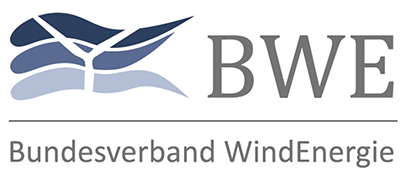Grids
The German power supply is at a turning point. Renewable energies are becoming and often already are the load carrier of the electricity supply. This poses new challenges to the electricity grid. The latter serves to transfer the electrical energy from the generating plants - i.e. from the wind turbines - to the consumers. The power grid is divided into a transmission and a distribution grid level.
The transmission grid is used for the long-range transport of electrical energy fed in by power plants at the extra-high voltage level (= 220 kV and 380 kV). The high voltage makes it possible to transport a large electrical power over long distances with not relatively low losses. In addition, the German transmission grid is connected to neighbouring European countries via border coupling points, enabling cross-border electricity exchange.
Closer to the consumption centers, energy is transformed to lower voltages within the distribution networks. A distinction is made here between the high voltage level (< 60 kV to < 220 kV), the medium voltage level (between = 6 kV and = 60 kV) and the low voltage level (< 6 kV). The medium-voltage grid distributes the electrical energy regionally; the low-voltage grid finally supplies the electrical energy locally to end consumers and small pantographs.
Depending on the output, generating plants can also be connected at these subordinate voltage levels. Wind turbines are mainly connected at the medium and high voltage level, i.e. in the distribution networks: Around 96 percent of wind generation is connected to the distribution grid. Only 4 percent of all connected wind turbines are connected to the transmission grid. A high-voltage connection is required for wind farms with large installed capacity, such as offshore wind projects.

